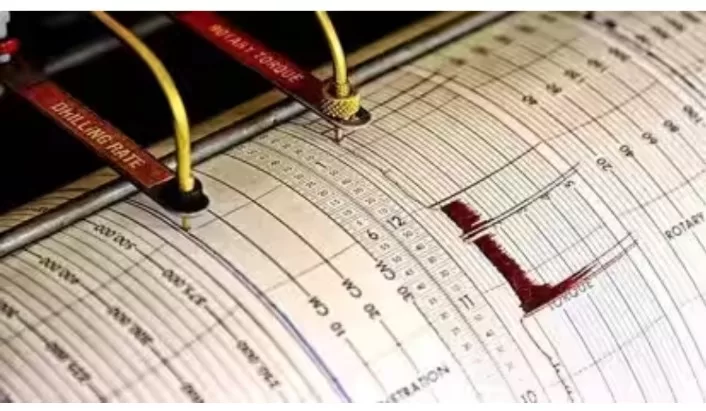In a remarkable breakthrough, an artificial intelligence (AI) tool developed by scientists at The University of Texas has demonstrated a 70% accuracy rate in predicting earthquakes one week in advance during a trial in China. This achievement represents a significant step forward in earthquake forecasting.
The AI was trained to detect subtle patterns in real-time seismic data, using a relatively simple machine learning approach. It analyzed seismic recordings spanning five years, identifying statistical features related to earthquake physics. Subsequently, the AI provided weekly forecasts by listening for signs of impending earthquakes amid the background seismic activity.
During the trial, the AI successfully predicted 14 earthquakes within approximately 200 miles (320 kilometers) of their estimated locations, accurately predicting their magnitudes. However, it missed one earthquake and issued eight false warnings.
While the effectiveness of this AI tool in other locations remains to be seen, researchers believe that in regions with robust seismic monitoring networks, such as California, Italy, Japan, Greece, Turkey, and Texas, its success rate could improve further. This development is considered a milestone in AI-driven earthquake forecasting.
Sergey Fomel, a professor at UT’s Bureau of Economic Geology, described earthquake prediction as the “holy grail” and acknowledged that while it is not yet possible to predict earthquakes worldwide, this achievement demonstrates that the problem is theoretically solvable.
The trial marked a significant achievement for AI in earthquake prediction and holds the potential to enhance global earthquake preparedness, ultimately minimizing economic and human losses. The researchers aim to further refine the AI tool to create a generalized forecasting model applicable worldwide.
This success showcases the power of AI in addressing complex and previously unsolvable problems, offering hope for better earthquake preparedness and safety in the future.
By PTI




